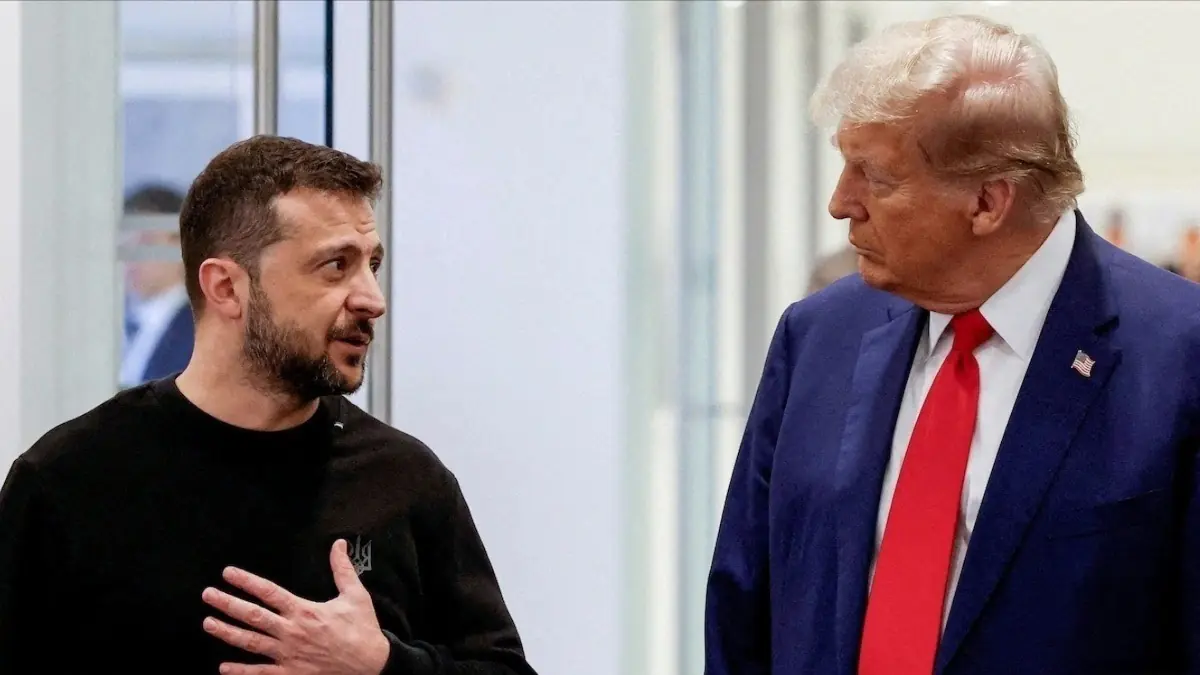Ukraine Warns of Russian Disinformation Surge Amid Upcoming Joint Military Drills

Kyiv — Ukrainian officials are sounding the alarm over an imminent wave of Russian disinformation campaigns, as Moscow and Minsk prepare for large-scale joint military exercises.
At the International Forum on Information Warfare: From Resistance to Recovery, Ukrainian military intelligence chief General Kyrylo Budanov warned that the upcoming Zapad-2025 drills, scheduled to begin in mid-September, will be accompanied by an unprecedented surge in information warfare targeting Ukraine and Europe.
“We expect around 90% of disinformation to come from Russia, aimed at creating panic and undermining trust in European security systems,” Budanov said.
Strategic Exercises, Symbolic Pressure

Budanov emphasized that the drills—while officially designed to simulate defensive operations on Russia’s western flank—carry strong symbolic weight for Europe, especially the Baltic states. He noted that such exercises are no longer seen as “routine training” after Russia’s full-scale invasion of Ukraine in 2022.
Intelligence estimates suggest 30,000 troops may participate, including 6,000–8,000 stationed in Belarus and the rest in Russia’s Kaliningrad region. Independent analysts believe the reduced scale reflects manpower losses in Russia’s ongoing war with Ukraine.
U.S. Considers Private Military Contractors in Ukraine

Meanwhile, reports indicate that former U.S. President Donald Trump is in talks with European allies about deploying American private military contractors (PMCs) to Ukraine. Under the proposed plan, contractors would build fortifications, protect U.S. businesses, and support frontline defense as part of a long-term peace framework.
The move comes after Washington reiterated it would not send regular U.S. troops to Ukraine. European partners, led by the U.K. and France, are reportedly crafting parallel security guarantees—including air patrols, naval missions in the Black Sea, and training programs.
Analysts suggest PMC deployment could serve as a deterrent against Russian aggression, while also giving Washington leverage in future peace negotiations.
Ukrainian Drone Strikes Inside Russia
On the battlefield, Ukraine claimed to have destroyed two bridges inside Russian territory using low-cost first-person-view (FPV) drones. The bridges, located near the Khapov area, were reportedly stocked with mines and ammunition. Video footage released by Ukraine’s 58th Independent Mechanized Brigade showed drones striking hidden stockpiles, triggering massive explosions.
The success was hailed as a rare positive development for Kyiv, which has faced mounting pressure amid Russia’s continued advances and stalled ceasefire talks.
Escalating Russian Strikes, Polish Response
Simultaneously, Russia intensified missile and drone strikes across multiple Ukrainian cities. Poland responded by scrambling fighter jets at dawn on August 30 to secure its airspace. Warsaw confirmed its air defense and radar systems were placed on highest alert.
Ukrainian President Volodymyr Zelensky accused Moscow of exploiting diplomatic lulls to stage large-scale attacks. Russia’s Defense Ministry claimed Ukraine lost 1,390 soldiers in a single day, along with artillery and armored equipment.
General Valery Gerasimov, Russia’s Chief of General Staff, stated that Moscow now controls 99.7% of Luhansk, 79% of Donetsk, 74% of Zaporizhzhia, and 76% of Kherson, underscoring Russia’s aggressive push along nearly the entire frontline.
Outlook
As disinformation threats intensify ahead of Zapad-2025, Ukraine and its allies brace for both psychological and military escalation. With Europe’s security environment increasingly fragile, the coming weeks may prove decisive in shaping not just the battlefield, but also the information war shaping global perceptions.